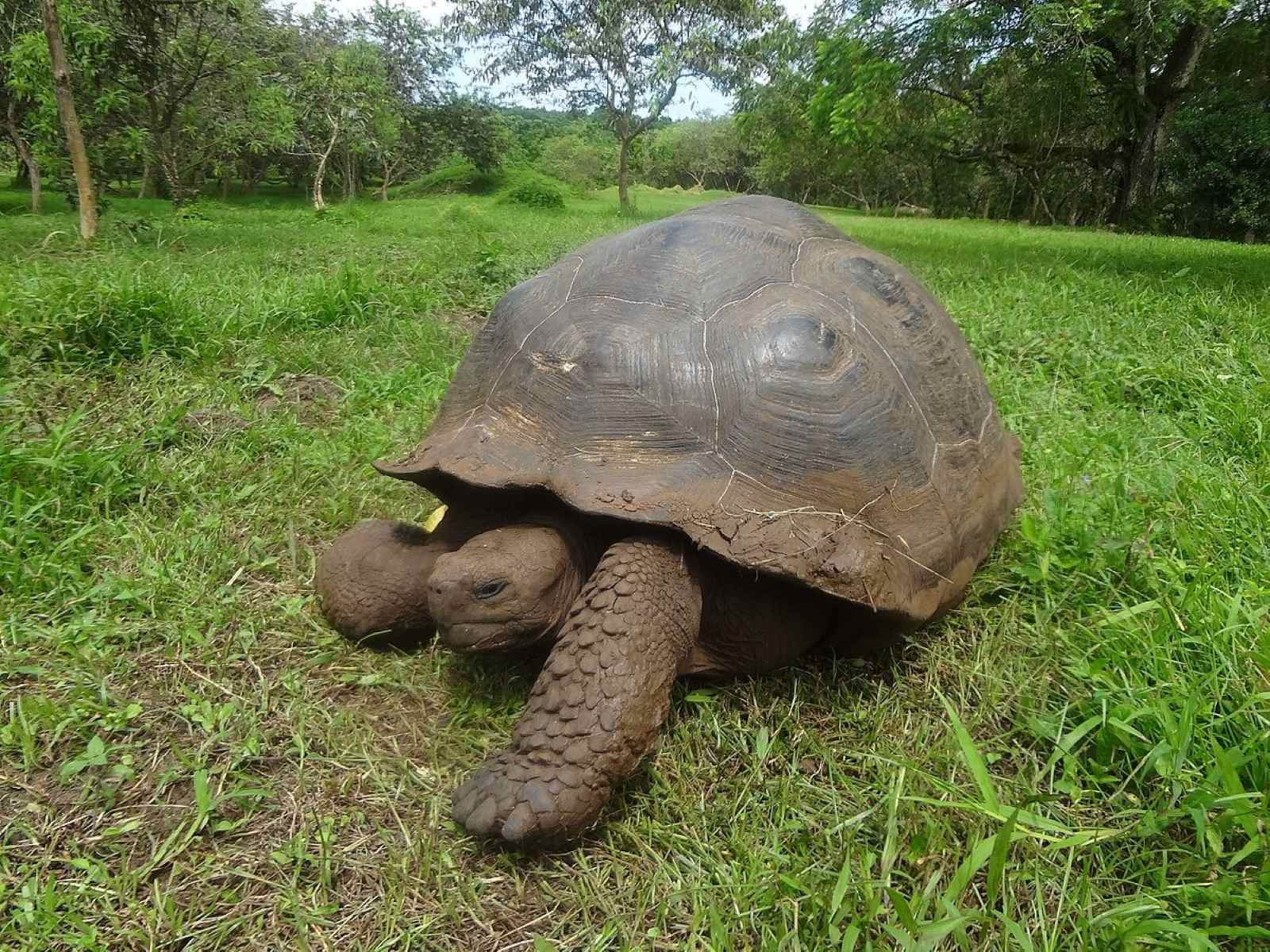
Project Isabela is a fascinating conservation effort aimed at restoring the natural balance of the Galápagos Islands. Launched in 1997, this ambitious project targeted invasive species like goats, pigs, and donkeys that threatened the unique ecosystems of these islands. Why is Project Isabela important? It’s crucial because the Galápagos Islands are home to many species found nowhere else on Earth. By removing invasive animals, the project has helped native plants and animals recover, ensuring the survival of iconic species like the giant tortoise. How successful has it been? Remarkably, Project Isabela has eradicated over 140,000 goats and other invasive species, allowing native flora and fauna to thrive once again. This project stands as a testament to the power of dedicated conservation efforts in preserving our planet's biodiversity.
Key Takeaways:
- Project Isabela is a massive conservation effort to save the Galápagos Islands from invasive species, helping native wildlife and plants thrive.
- Using innovative methods, Project Isabela has successfully restored the islands' ecosystems, inspiring global conservation efforts and preserving unique habitats.
What is Project Isabela?
Project Isabela is a conservation effort aimed at restoring the ecosystems of the Galápagos Islands. This ambitious project focuses on eradicating invasive species that threaten native wildlife and plant life. Let's dive into some fascinating facts about this groundbreaking initiative.
-
Launched in 1997, Project Isabela is one of the largest and most complex conservation projects ever undertaken.
-
Named after Isabela Island, the largest island in the Galápagos archipelago, where much of the project's work is concentrated.
-
Invasive species like goats and pigs were introduced to the islands by humans, causing significant ecological damage.
-
The project's primary goal is to eradicate these invasive species to allow native flora and fauna to recover.
-
Over 140,000 goats were removed from Isabela Island alone, a monumental task that required innovative techniques.
Techniques and Methods Used
The methods employed in Project Isabela are as fascinating as the project itself. From aerial hunting to biological control, the techniques used are both innovative and effective.
-
Aerial hunting was used to locate and eliminate invasive goats, utilizing helicopters and sharpshooters.
-
Judas goats were employed, which are sterilized goats fitted with radio collars to lead hunters to larger herds.
-
Biological control involved introducing natural predators to control invasive species populations.
-
Fencing and traps were set up to capture and remove invasive pigs and donkeys.
-
Monitoring and research are ongoing to ensure that eradicated species do not return.
Impact on Native Species
The positive impact of Project Isabela on native species is undeniable. The recovery of these species is a testament to the project's success.
-
Galápagos tortoises have seen a significant increase in population since the removal of invasive species.
-
Native plants like the Scalesia tree are regenerating, thanks to reduced grazing pressure.
-
Bird species such as the Galápagos hawk have benefited from the removal of invasive mammals.
-
Marine iguanas are thriving due to the improved health of coastal ecosystems.
-
Endemic invertebrates are making a comeback, contributing to the overall biodiversity of the islands.
Challenges Faced
No project of this scale comes without its challenges. Project Isabela faced numerous obstacles that required creative solutions.
-
Logistical difficulties in accessing remote areas of the islands made the project more complex.
-
Community involvement was crucial, requiring extensive education and outreach efforts.
-
Ethical considerations around the eradication of animals had to be carefully managed.
-
Funding and resources were a constant challenge, necessitating support from various organizations and governments.
-
Climate change posed additional threats to the islands' ecosystems, complicating conservation efforts.
Long-term Goals and Future Plans
Project Isabela is not just about immediate results; it has long-term goals aimed at ensuring the sustainability of the Galápagos Islands' ecosystems.
-
Restoration of native habitats is a key long-term goal, ensuring that native species have a healthy environment to thrive in.
-
Continued monitoring and research will help prevent the reintroduction of invasive species.
-
Community engagement remains a priority, fostering a culture of conservation among local residents.
-
Educational programs are being developed to teach future generations about the importance of preserving the Galápagos Islands.
-
Collaboration with international organizations will provide ongoing support and resources for the project.
Success Stories
The success stories emerging from Project Isabela are inspiring and demonstrate the project's effectiveness.
-
The recovery of the Española tortoise population is one of the project's most celebrated achievements.
-
Floreana mockingbirds have returned to areas where they had previously disappeared.
-
The resurgence of native cacti on the islands has been a significant ecological milestone.
-
Increased sightings of the Galápagos rail, a bird species once thought to be in decline, are now common.
-
The flourishing of native grasses has improved soil health and reduced erosion.
Global Significance
Project Isabela's impact extends beyond the Galápagos Islands, offering valuable lessons for global conservation efforts.
-
Innovative techniques developed during the project are now being used in other conservation initiatives worldwide.
-
The project's success has inspired similar efforts in other island ecosystems facing invasive species challenges.
-
Research findings from Project Isabela are contributing to the broader field of conservation science.
-
International recognition has highlighted the importance of preserving unique ecosystems like the Galápagos Islands.
-
Project Isabela serves as a model for balancing human activity with the preservation of natural habitats.
Final Thoughts on Project Isabela
Project Isabela stands out as a remarkable conservation effort. By removing invasive species, it restored the Galápagos Islands' natural balance. This project not only saved native species but also preserved unique ecosystems. The dedication of scientists and volunteers made this success possible. Their hard work offers hope for other conservation projects worldwide.
Understanding the impact of invasive species is crucial. Project Isabela shows that with determination and collaboration, significant environmental challenges can be overcome. The Galápagos Islands now thrive, thanks to these efforts.
This project serves as a reminder of the importance of protecting our planet's biodiversity. It highlights the power of human intervention in restoring nature. As we move forward, let’s remember the lessons learned from Project Isabela and continue striving for a healthier, more balanced world.
Frequently Asked Questions
Was this page helpful?
Our commitment to delivering trustworthy and engaging content is at the heart of what we do. Each fact on our site is contributed by real users like you, bringing a wealth of diverse insights and information. To ensure the highest standards of accuracy and reliability, our dedicated editors meticulously review each submission. This process guarantees that the facts we share are not only fascinating but also credible. Trust in our commitment to quality and authenticity as you explore and learn with us.


